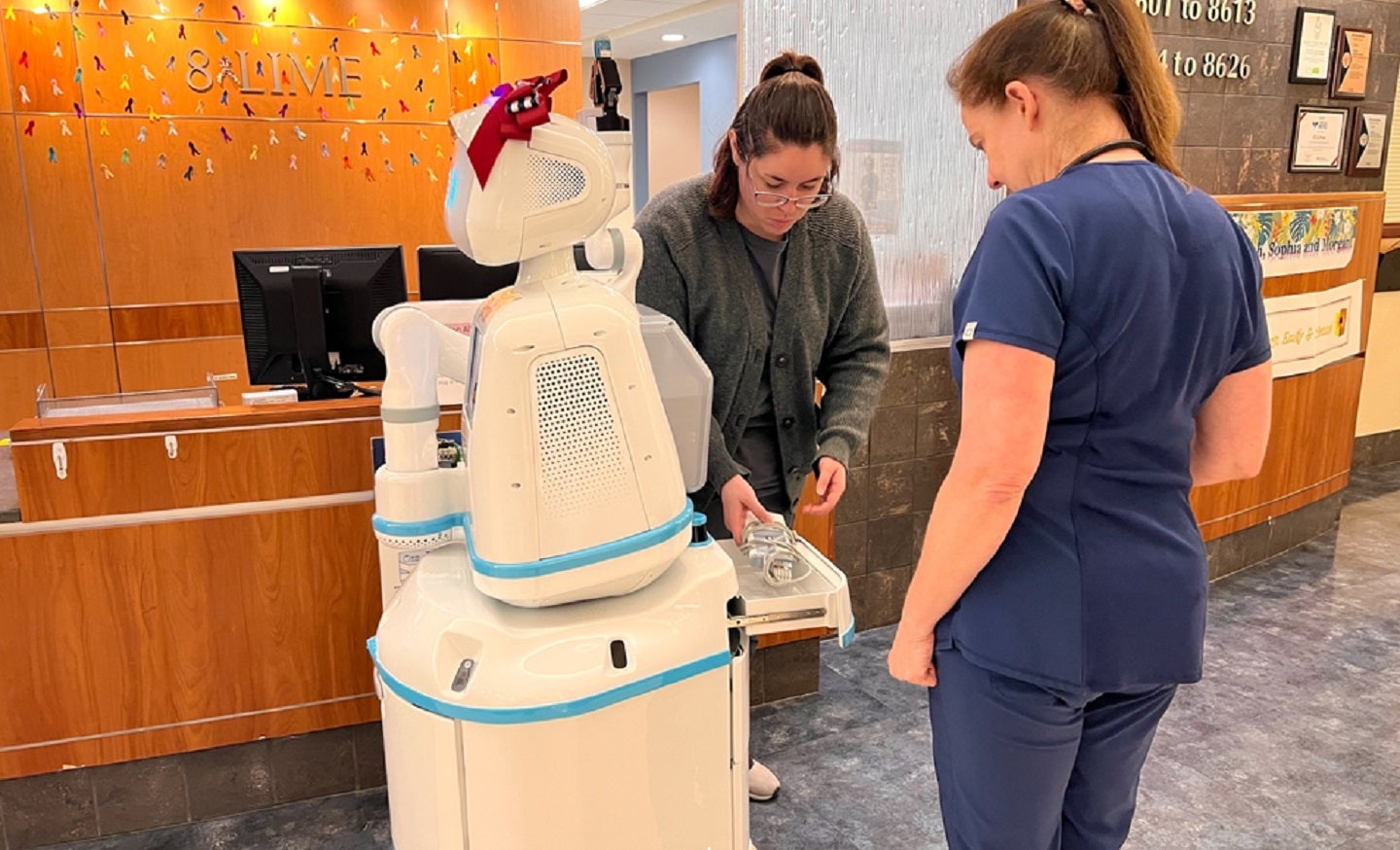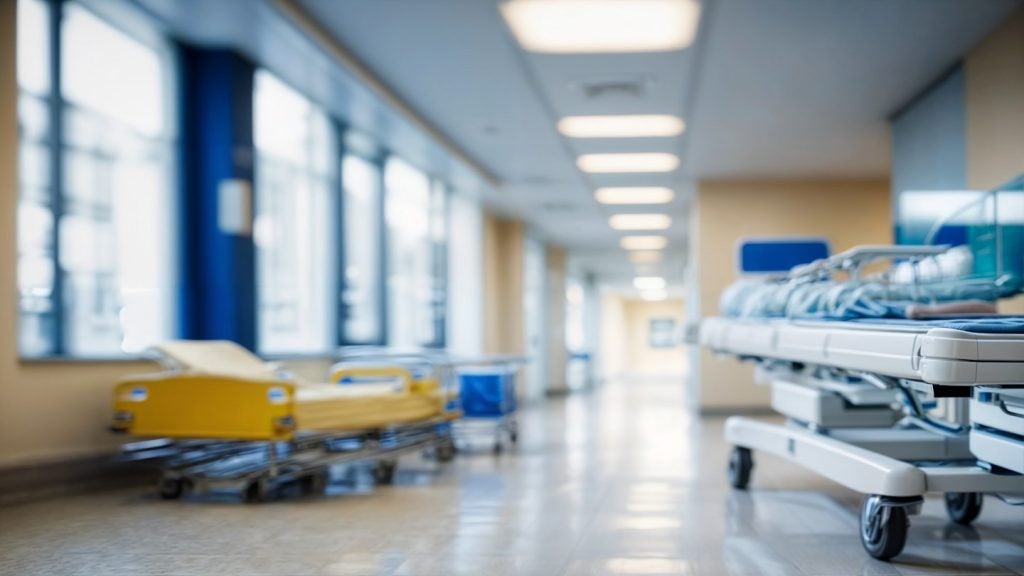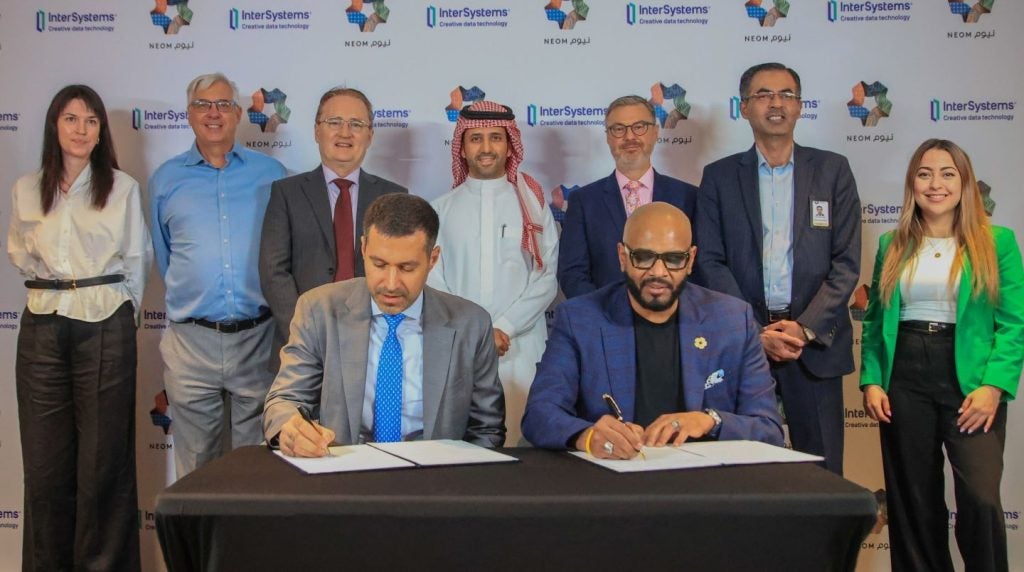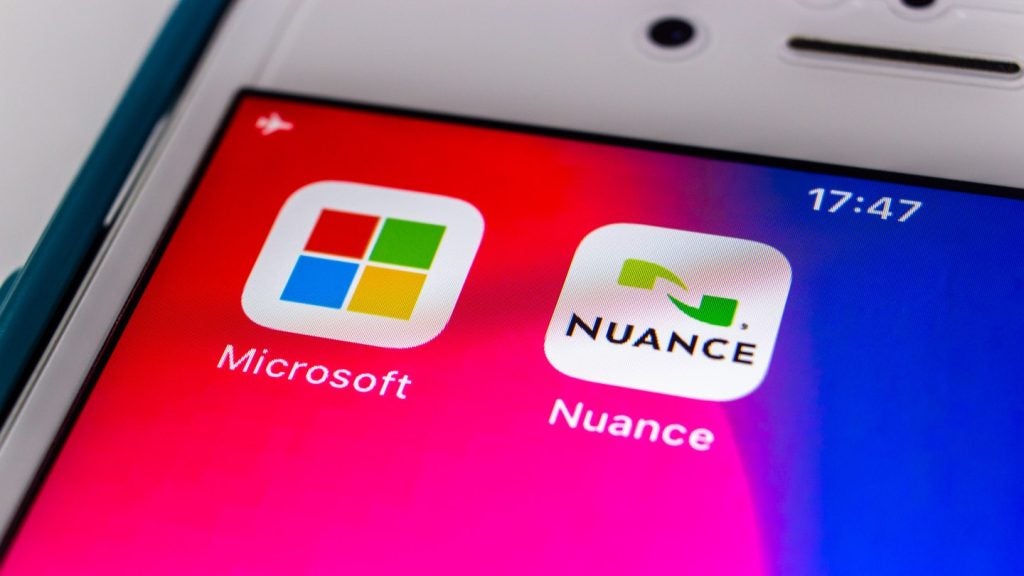
Lancaster General Hospital (LGH) in the US has deployed two robots to provide assistance with routine non-clinical activities.
Named Roxy and Rosie, the robot assistants will carry out tasks such as supplies pickup and delivery in the 525-bed, nine-floor facility.
LGH noted that the approach will aid nurses to focus more on caring for the patients.
Designed to assist nurses and other healthcare team members, the robots are developed by Diligent Robotics.
LGH is said to be the first hospital in the Penn Medicine system to collaborate with Diligent.
Penn Medicine Lancaster General Health (LG Health) interim chief nursing officer Tim Zellers said: “The robots assist our clinical team with tasks that take them away from the bedside, so they can devote more time to patient care.
How well do you really know your competitors?
Access the most comprehensive Company Profiles on the market, powered by GlobalData. Save hours of research. Gain competitive edge.

Thank you!
Your download email will arrive shortly
Not ready to buy yet? Download a free sample
We are confident about the unique quality of our Company Profiles. However, we want you to make the most beneficial decision for your business, so we offer a free sample that you can download by submitting the below form
By GlobalData“It also improves the experience, certainly, for our patients, who get to spend more face-to-face time with the staff taking care of them.”
LG Health does not own the Roxy and Rosie robots but pays a certain amount based on their usage in the hospital.
Launched on a pilot basis in August this year, the robots can now carry out various activities that save time and several steps for the staff daily.
They can deliver and pick up routine lab specimens and equipment at a speed of three miles per hour.
Staff uses iPad kiosks in the hospital to request robot assistance offered 22 hours a day while two hours are spent on charging on docking stations.
Each robot has three drawers to carry various items and sensors to detect obstacles.







